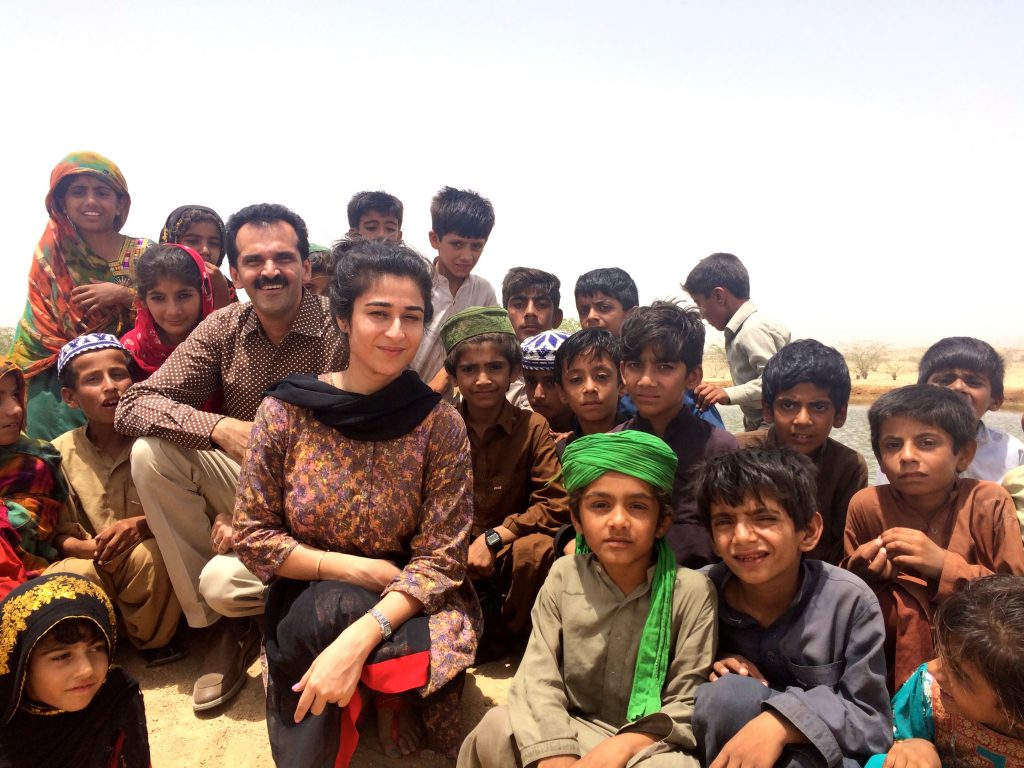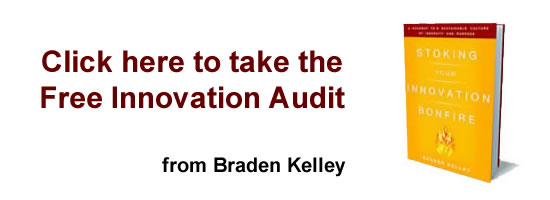3 Social Entrepreneurs That Are Changing The World From The Bottom Up

When we think about entrepreneurs, we usually think about young technologists in co-working spaces coming up with the next big smartphone app. Yet some of the smartest innovators aren’t working with code or looking for a lucrative exit. They are working to find sustainable solutions to some of the world’s toughest problems.
At the recent Falak Unreasonable Summit, I met three social entrepreneurs doing just that. One is unlocking the wealth that many of the world’s poor have tied up in livestock. Another is bringing light to some of the world’s most remote places. A third is helping transform refugees into entrepreneurs in war-torn Kurdistan.
What all three have in common is that, rather than merely providing assistance, they are helping some of the world’s most needy communities to leverage assets they already have. We often forget that even the world’s poorest people are not necessarily helpless. They have skills, energy and nonconventional assets that can be unlocked to create a better life.
1. Goats For Water
Fariel Salahuddin began her career after graduate school in infrastructure development, which led to a 10-year career in energy development. She specialized in advising governments to power sector investment and strategy. Yet despite her high-flying career, she felt she could make a bigger impact on the world.
Her course began to change when she began visiting villages in her native Pakistan with her uncle and began to see that even more than energy, people in remote areas needed access to water. They were either using expensive diesel generators which they couldn’t afford to run all the time or women would have to spend hours in backbreaking labor to carry water back to the village.
She had an epiphany when she noticed that every village, no matter how poor, had an abundance of goats. That’s what first gave her the idea of trading livestock for solar pumps. Her first deal was for 40 goats. Later, she joined the second cohort of Spring Accelerator and launched her career as a social entrepreneur. Goats for Water was born.
Today, Fariel is working at Goats for Water full-time. “Now we know the model works and we are looking to scale it,” she told me. “We realized that we can apply our approach to any kind of livestock and and kind of technology. Even the world’s poorest villages have wealth in livestock.” You can see her amazing story in this short BBC documentary.
2. Liter of Light
Illac Diaz has seen the effects of climate change first-hand. His native country of Philippines is consistently ranked as one of the most vulnerable places on the planet, a fact that hit home during Typhoon Durian, which hit in late 2006. Diaz, who was working on his thesis for a degree in Urban Planning at MIT at the time, saw a new direction unfold before his eyes.
The devastation he saw was incredible. In Legazpi, where he was staying at the time, 80% of the houses were destroyed. Electricity, communications and roads were wiped out, so international aid workers had trouble getting in. Diaz, finding himself stuck in the middle of a disaster, decided to see how he could help.
What he found was that the school buildings that most villagers would go for shelter during a storm were themselves wiped out. So he started helping to build new structures out of what he could find, such as bamboo and rammed earth. Yet beyond the initial need for basic shelter, Diaz also saw that there was a great need for electricity in low income, off-grid communities.
That was the impetus for Liter of Light, a nonprofit that teaches marginalized communities how to make solar lamps out of local materials, such as plastic bottles and kerosene lamps. As of today, Liter of light has been active in more than two dozen countries and has supplied more than a million lights.
What’s unique about Liter of Light is its innovative model. In each country, it starts by training hundreds of volunteers that go out into marginalized communities and teach women entrepreneurs how to make the lights themselves. Those women then buy supplies on microcredit and rent the lights out for extra income. Some have become ersatz power utilities for their villages.
3. Five One Labs
When we think about refugees, the inscription on the Statue of Liberty comes to mind. “Give me your tired, your poor, your huddled masses yearning to breathe free, the wretched refuse of your teeming shore. Send these, the homeless, tempest-tossed to me, I lift my lamp beside the golden door!â€
Yet many refugees are highly educated and highly skilled. Some are college professors, while others are doctors, pharmacists and lawyers, who lived prosperous, active lives before war and strife tore their country apart. What’s more, it’s often the most talented and best educated refugees that have the hardest time rebuilding their lives.
That’s the problem that Patricia Letayf and Alice Bosley set out to solve when they set up Five One Labs, a nonprofit that trains entrepreneurs in Kurdistan, Iraq. The two looked at a number of incubator models, such as Y Combinator and Tech Stars in the US as well Invest2Innovate in Pakistan and African Entrepreneur Collective, but realized that entrepreneurs in conflict stricken areas have additional challenges.
“What we learned from looking at successful incubators was that all used some combination of design thinking and lean startup methods like the business model canvas,†Letayf told me. “However, we also learned that entrepreneurs in Iraq had specific needs, like more extensive mentorship and training on soft skills.â€
What they don’t have is a lack of talent or drive. Five One Labs just graduated its first cohort in Erbil and awarded $30,000 in seed money to the most promising businesses, including a coding school run by a former pharmacist and a line of locally produced children’s clothes for girls. It’s second cohort, will begin soon in Sulaymaniyah, with more to follow, as funding allows.
Unlocking The Nascent Assets Of The World’s Poor
In The Mystery of Capital, economist Hernando De Soto, explains how even the world’s poorest people actually have enormous wealth locked in their homes that can’t be leveraged because of the lack of property rights in many developing countries. He predicts that giving poverty stricken regions the ability to leverage that wealth could have an enormous economic impact.
In much the same way, the world’s most needy have other assets that can be brought into play, like their innate talent, desire for a better life, livestock and even, as in the case of Liter of Light, their empty plastic bottles. The social entrepreneurs mentioned above have found innovative ways of bringing these things to the fore.
I spent 15 years in developing countries myself and one thing I learned is that the poor aren’t lazy. The mere fact that they survive in the harshest conditions is testament to their drive, savvy and ability to live by their wits. In rich countries, we call people who come up with ingenious workarounds “hackers.†In poor countries, you often need to hack just to live another day.
So while clearly we still need more conventional aid programs — people need basic things like food, shelter and medicine — but these three entrepreneurs show there is another way as well. Everybody wants to improve the lives of themselves and their families. Give them even a little bit of a chance and there are no limits to limits to what they can achieve.
An earlier version of this article first appeared in Inc.com
Wait! Before you go…
Choose how you want the latest innovation content delivered to you:
- Daily — RSS Feed — Email — Twitter — Facebook — Linkedin Today
- Weekly — Email Newsletter — Free Magazine — Linkedin Group
 Greg Satell is a popular author, speaker, and innovation adviser who has managed market-leading businesses and overseen the development of dozens of pathbreaking products. Follow Greg on Twitter @DigitalTonto. His first book, Mapping Innovation, was selected as one of the best business books of 2017 by 800-CEO-READ.
Greg Satell is a popular author, speaker, and innovation adviser who has managed market-leading businesses and overseen the development of dozens of pathbreaking products. Follow Greg on Twitter @DigitalTonto. His first book, Mapping Innovation, was selected as one of the best business books of 2017 by 800-CEO-READ.
NEVER MISS ANOTHER NEWSLETTER!
LATEST BLOGS
Four ways you can ensure employees take accountability for their work
One of the most important driving factors for any successful business is a high-performing team. Having people working for you…
Read MoreWhat is digital upskilling and why is it important?
Photo by Annie Spratt on Unsplash In a world of business that never stands…
Read More


